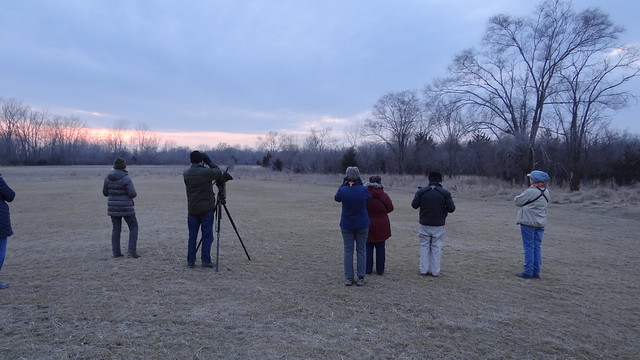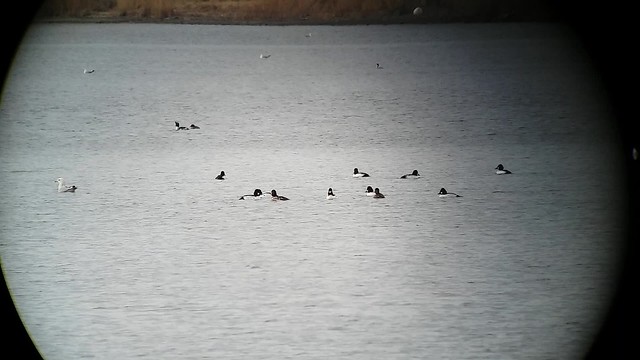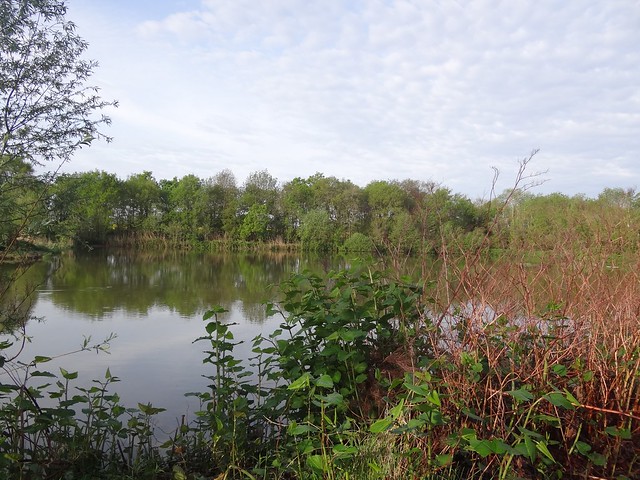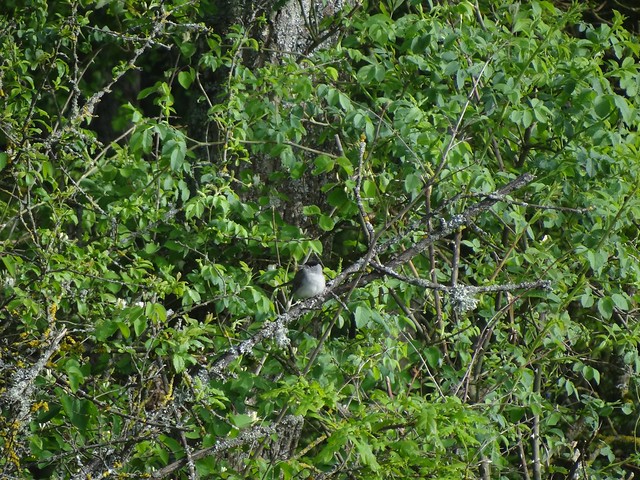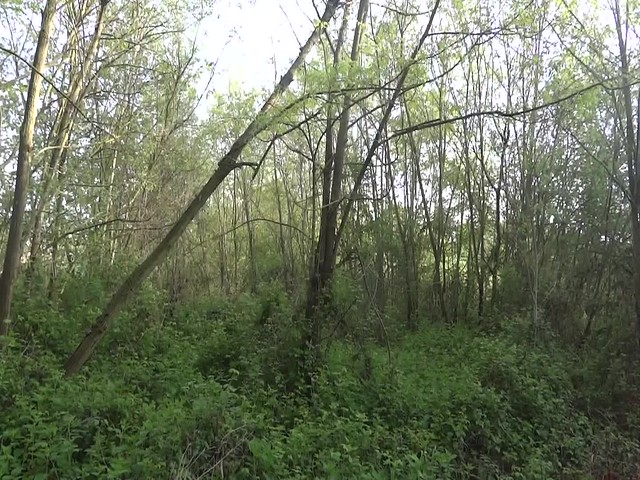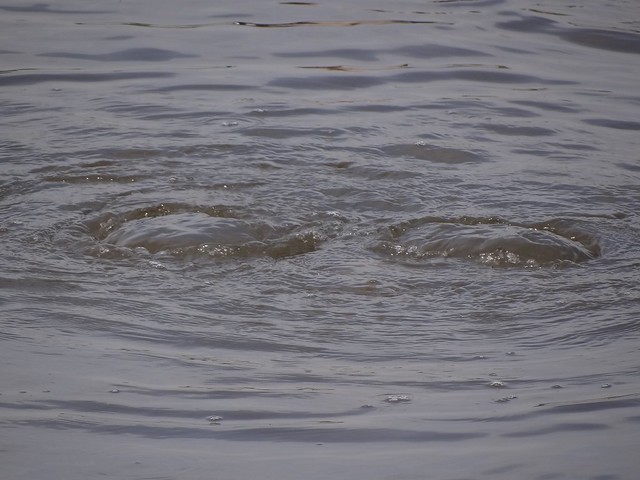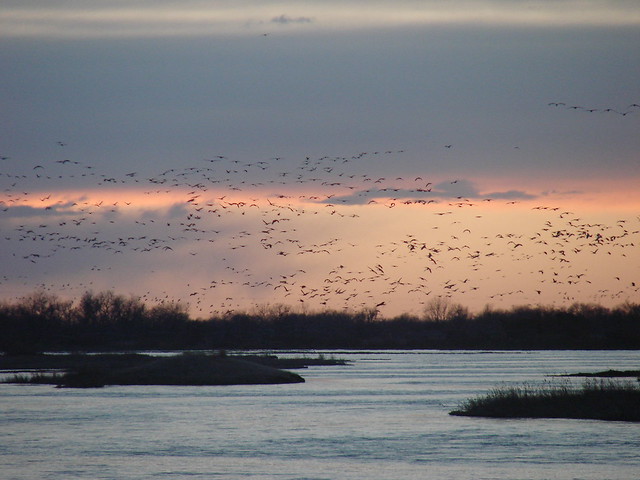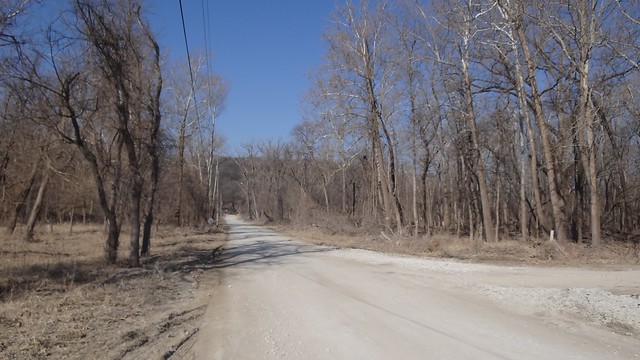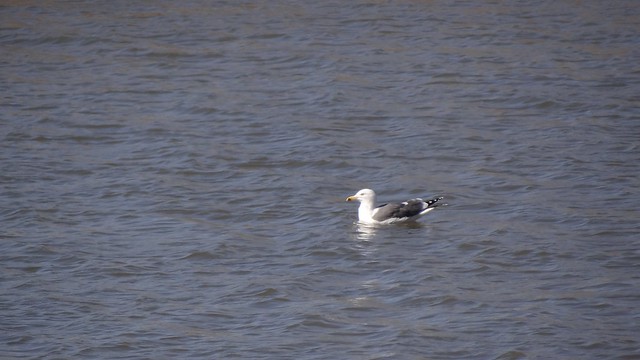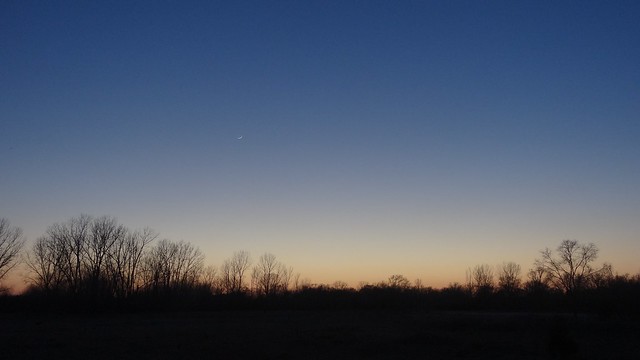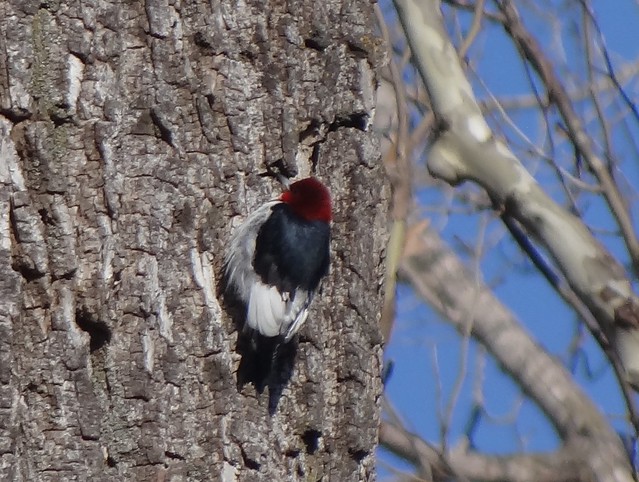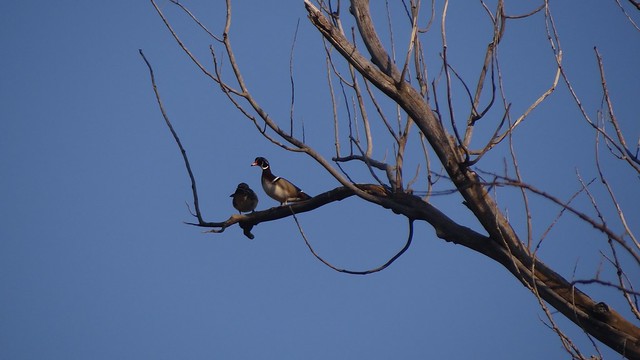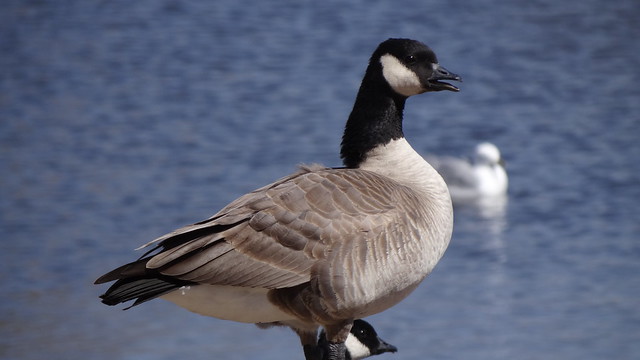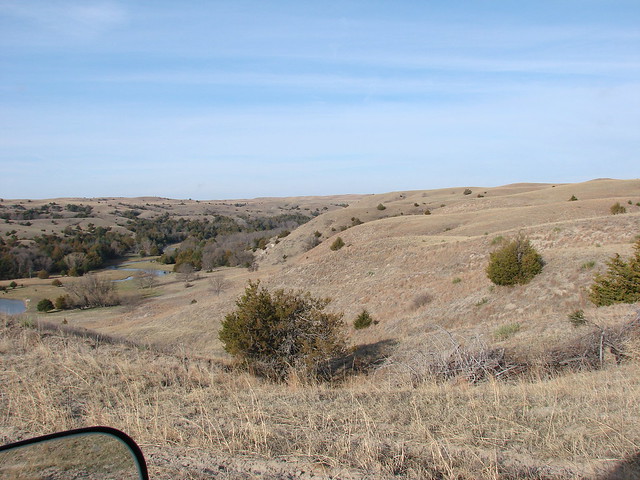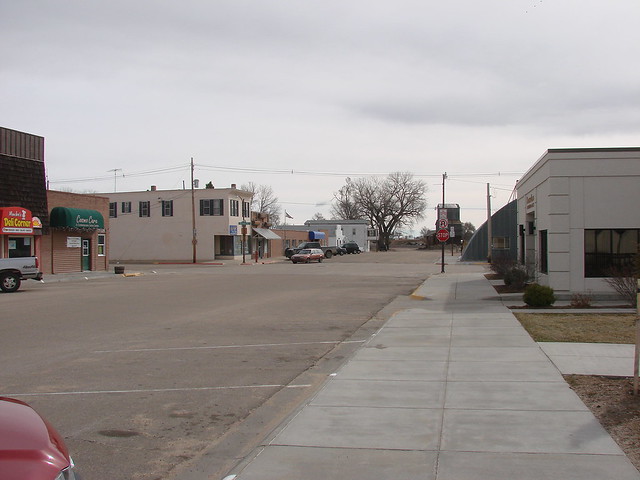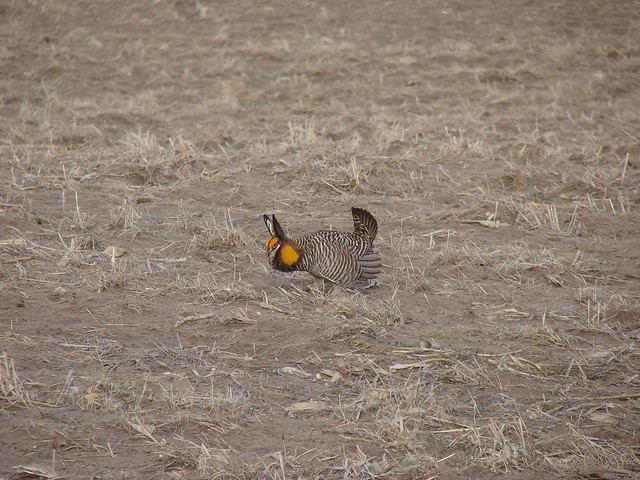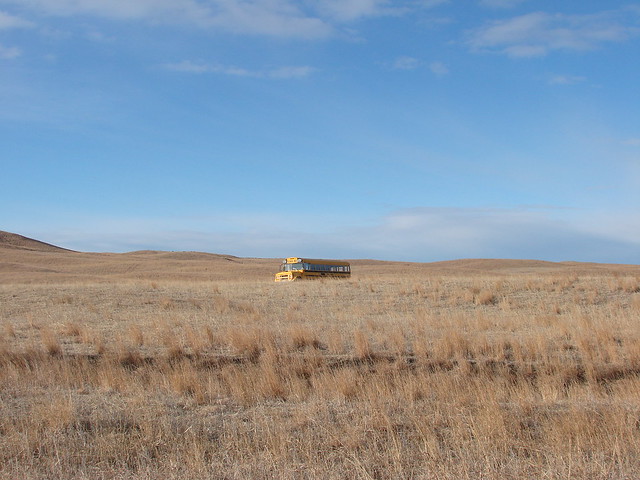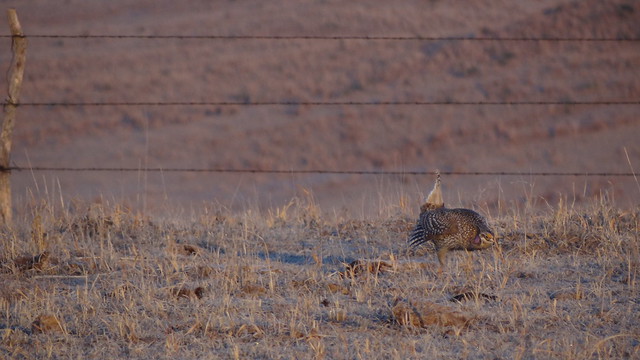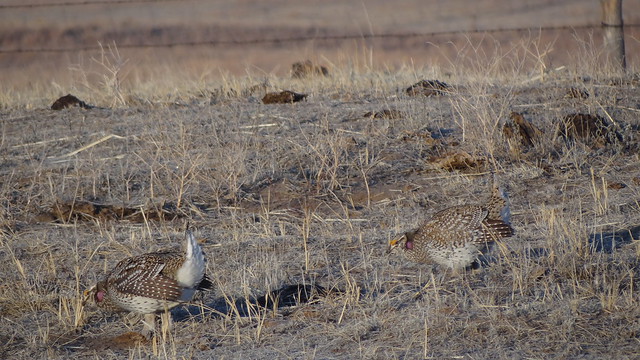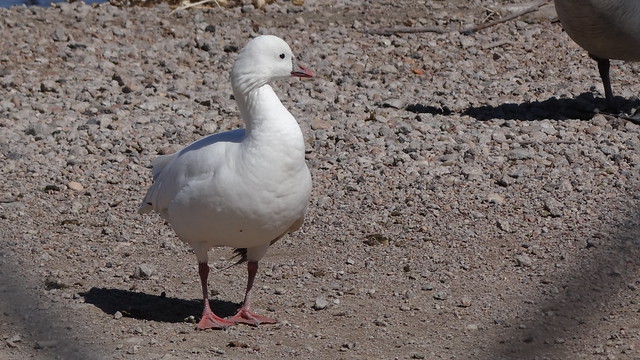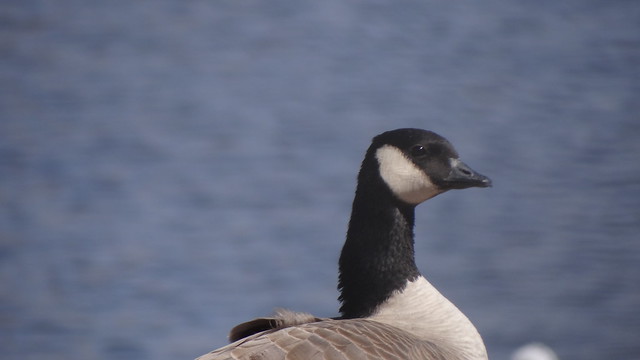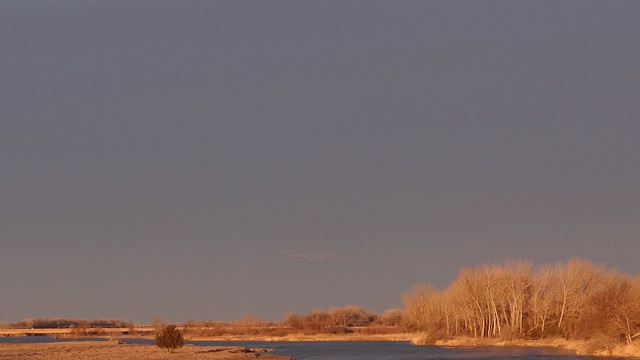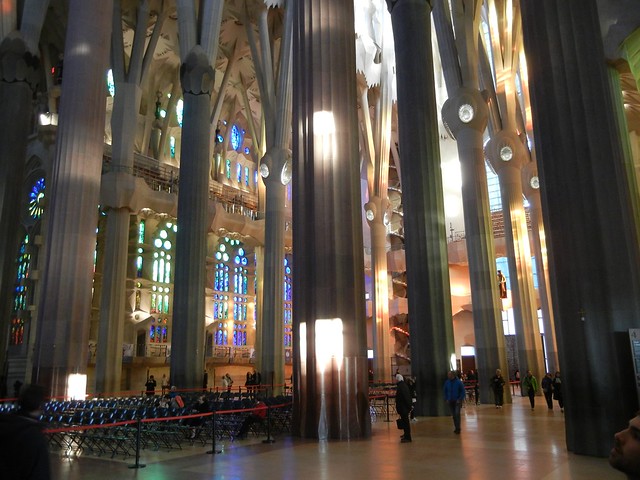
How to choose?
How do you decide between a soaring lammergeier and the soaring vaults of the Sagrada Família? Between golden orioles bursting out of the roadside brush and the gilded glory of the Palau de la Musica? Between bee-eaters barking and burping low overhead and the equally colorful, if less uncouth, cherubim and seraphim in some of the most important paintings of the western Middle Ages?
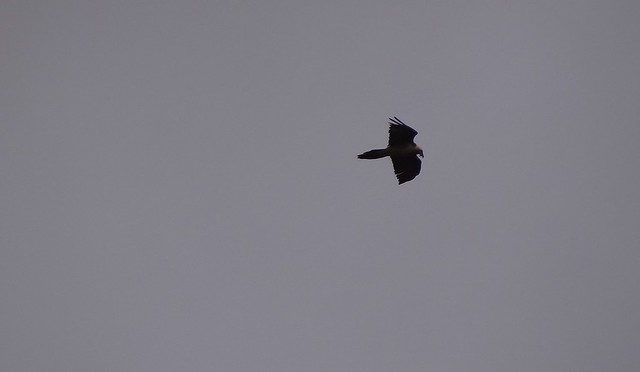
Here’s the secret: you don’t have to. At least not in Catalonia, where nature and culture have worked together for two millennia to create a landscape of endless delights—delights avian, artistic, and culinary.
This year’s tour started with a birdy bang with our first afternoon’s visit to the Llobregat Delta. We quickly decided that every world-class city could benefit from marshes, reed beds, and seashore like those that ornament Barcelona.
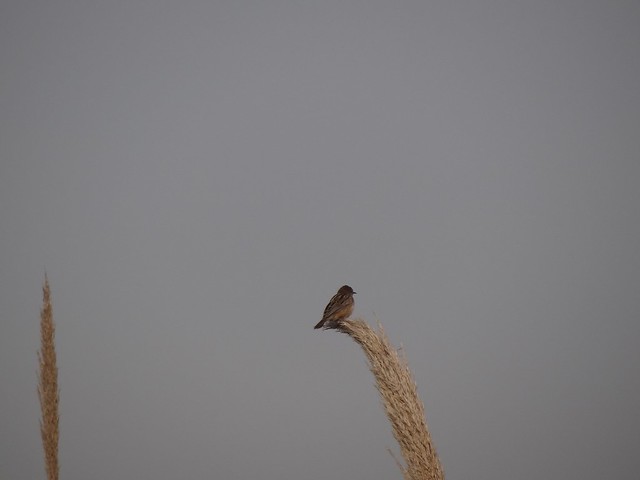
Sizzling corn buntings, scratching serins, and zitting cisticolas welcomed us as we left the parking lot at Cal Tet, and our short walk through warm sunshine—especially welcome to those of us who had endured a cold, wet winter—was accompanied by red-crested pochards, Audouin’s gulls, purple swamphens, and the interminable good-natured shouting of Cetti’s warblers. The only thing more richly supplied in Catalonia than good birding is good meals, and we started off right with an excellent dinner at one of the many fine restaurants in our neighborhood.
We launched the next morning with a quick breakfast in our hotel, then left at 7:30 to drive north along the Mediterranean to Aiguamolls, one of the finest wetland sites in Catalonia and Spain. White storks are almost comically abundant in the area, their great stick nests adorning what seems like every rooftop and treetop; we were rarely out of hearing of the exuberant bill clattering.
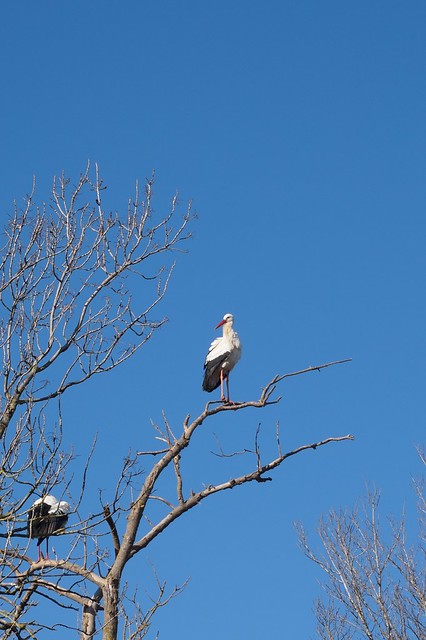
A common nightingale, not always the easiest of European songsters to see well, chanted and clucked and gurgled and trilled in plain view in the parking lot, and Cetti’s warblers were equally, and equally uncharacteristically, visible as we headed towards the first of the comfortable blinds that dot the marshes and ponds of the refuge.
That blind was doubly welcome when, for the only time in our week together, the weather turned less than congenial: the dull drip that had occasionally interrupted our walk threatened to turn to drizzle, and we sought shelter overlooking one of the best ponds at Aiguamolls. Garganeys, little egrets, little and great crested grebes, marsh harriers, and the first of what would be many whiskered terns made the wait for cheerier skies pass quickly, and indeed, we might have missed the splendid European spoonbill that magically materialized on the water in front of us—the only one of the entire tour—had we not been forced to patience by the rain.
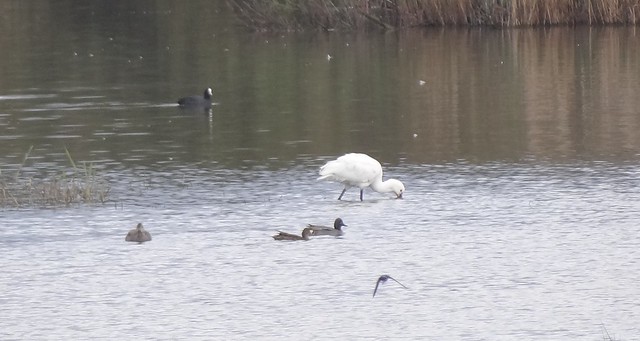
The weather improved, and we finished our walk before venturing into the charming little resort town of Sant Pere Pescador for lunch. Not only was the food well up to our already exalted expectation, but we got to enjoy a little local color as the townspeople came in to fill their bottles from the great casks of wine lining one wall of the dining room: the incredibly low per-liter prices for what were quite respectable vintages (we tested a few, in the interest of cultural understanding) made us wish we’d brought our own supply of well-rinsed coke bottles.
Heartened by the blue skies and the bluer waters of the Mediterranean, we moved on to the famous ruins of Empuries, where first the Greeks and then the Romans established estimable cities beginning some twenty-eight centuries ago.

It was in the upper, Roman city that the signal advantage of this tour first sunk in: “birds and art,” some of us murmured, “birds and art,” as standing on the site of the two-thousand-year-old forum we watched firecrests, crested and long-tailed tits, and wood and western Bonelli’s warblers pass through the trees at eye level. We were a happy group as we returned to Barcelona, happier still over an excellent dinner in our hotel’s own restaurant.
After our early start the morning before, the next found us lingering a bit longer over breakfast before we set out for the forty-five-minute drive to Montserrat, the otherworldly mountain that rises abruptly from the coastal plain just northwest of Barcelona. Our destination was the monastery with its world-famous church, still an important pilgrimage station on the way to Compostela; on this beautiful blue-skied morning, though, we paused first at the Camí de les Batalles, a rosemary-scented trailhead above the little town of Bruc.
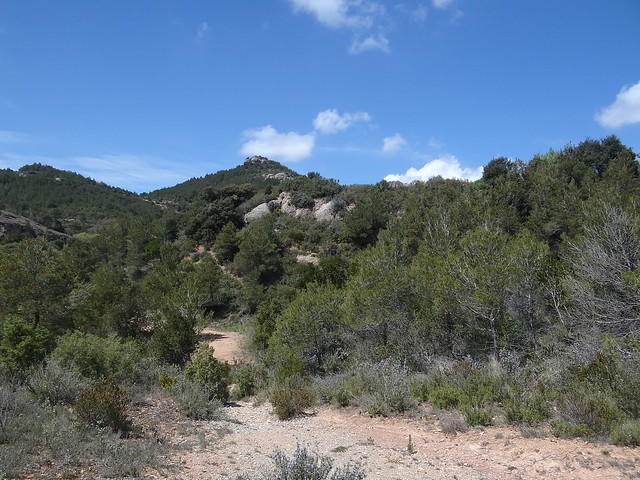
Serins, chaffinches, and the most obliging pair of cirl buntings in all of recorded time kept us entertained in the little parking lot while we pondered one of those improbable coincidences history is so full of: had the Catalonians not tricked the French into retreating from the flank of Montserrat in 1808, Joseph would never have abdicated the throne of Spain, and his nephew and son-in-law would never have conducted the investigations that made him, Charles Bonaparte, one of America’s most important early ornithologists.
Higher on the mountain, the moonscape of Montserrat’s oddly rounded peaks—reached by one of the world’s steeper cog railroads—was quieter than its maquis-clad slopes.
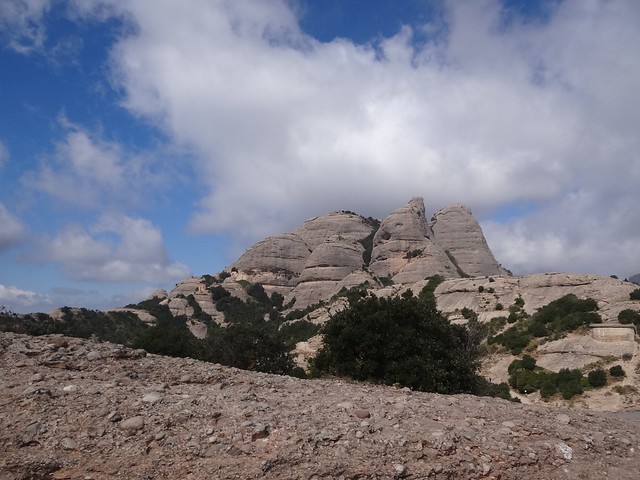
As the eerie fog cleared, a few soaring birds appeared, among them the only sparrowhawk of our week together, and we were eventually able to get fine looks at a couple of the typically shy western subalpine warblers singing in the sparse brush.
An elegant lunch in one of the monastery’s restaurants was followed by a visit to the church, where we admired the remnants of the Gothic cloister and tried hard to imagine away the Baroque besmirchments of much of the basilica’s interior. The line to pay respects to the Romanesque Madonna was short, so we joined the other pilgrims to marvel at the mosaics, sculptures, and wall and ceiling paintings adorning the long approach to the statue, its gold orb worn to a sheen by the kisses and caresses of the faithful over the centuries. We moved on to the monastic museum, one of those collections whose curators for some reason have felt the need to place on exhibit every last piece of art they own; the best strategy is to head straight for the highlights, among them a second-rank El Greco, a fine Caravaggio (if you like that sort of thing), and some truly eye-opening early Picassos.
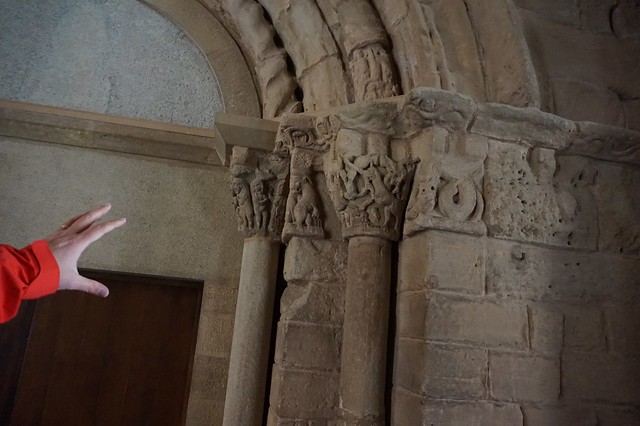
Next morning found us going from early Picasso to early, period, as we left the hotel at 5:00 for the dry plains of Lleida. The early start was made less painful by a well-timed stop for coffee and pastries along the way—just the type of glimpse into genuine Catalonian trucker culture the average tourist never sees—and our eyes were open and our expectations high as we ventured out into the fields at sunrise. Hoopoes, red-legged partridges, common nightingales, and a gorgeous woodchat shrike (there is no other kind) started things off, and as we moved south across the steppe, colorful bee-eaters, noisy calandra larks, huge and cryptic European thick-knees, and, best of all, more than two dozen little bustards accompanied us.

As expected at the height of spring, the spirit was well and truly upon the male bustards, who were bouncing into the air above the females as they uttered their funny flatulent buzzes; in their distraction, several landed quite close to us, giving us wonderful views of these handsome and sadly imperiled grassland birds.
Lunch was in the tiny village of Belianes, where an enterprising restaurateur has transformed an ancient olive press into a charmingly intimate space serving excellent meals. It was hard to get up from the table, but more birds awaited, this time at the lake of Ivars. The approach, through intensively cultivated fields and a decidedly grimy farm town, is discouraging, but the lake never fails to exceed expectation. This time, Mediterranean gulls joined the abundant black-headeds, great crested grebes floated placid on the water at close range, and best of all, a male penduline tit descended from the willows to feed from the cattails just a few feet in front of us, a life bird for some and a highlight of the tour for all of us. We celebrated the successes of a long and rich day with a traditional dinner in Barcelona’s Santa Caterina market.

One of the great advantages of our Barcelona hotel is the proximity of the Ciutadella Park, a neatly laid-out and birdy site just steps from our front door. The morning after our long day at Lleida, we birded the park as a group, some of us starting at sunrise, others joining in as the morning went on. Spotless starlings and a finally cooperative short-toed treecreeper were among our best sightings, with a selection of introduced parrots and parakeets adding color and noise to the scene.
Color would be the theme of the rest of the day, too. After breakfast and a break, we set out into the city, exploring the medieval neighborhoods and their sights in the time-honored way: wandering until lost.

We compared the somber but moving Catalan Gothic of the improbably tall Santa Maria del Mar with the more obviously Frenchified architecture of the cathedral, and marveled at the mass of the city’s surviving Roman fortifications.
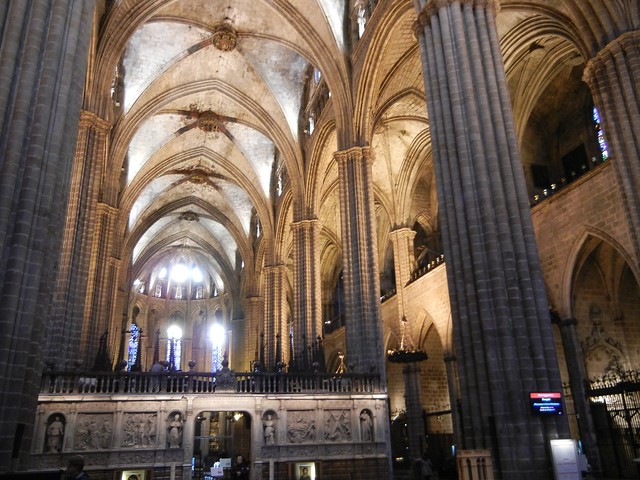
We had coffee and snacks at the Café 4 Gats, where Barcelona’s artistic avant-garde met at the turn of the twentieth century, then moved on to a guided tour of one of Catalonia’s real jewels, the Palau de la Musica, a masterpiece of light and whimsy.
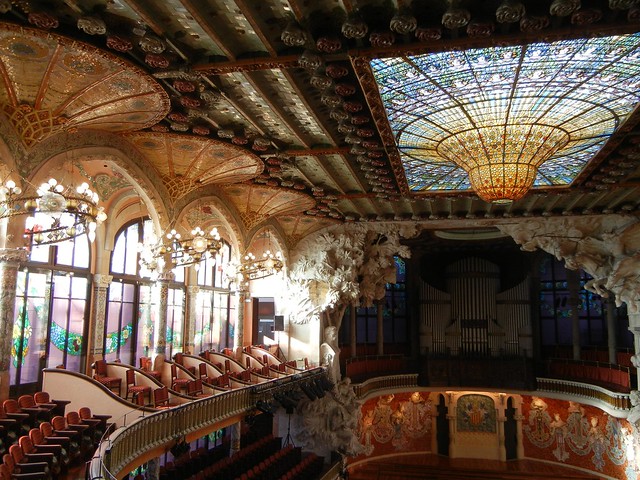
After a light lunch of Catalan specialties, we moved on to one of the most famous buildings in Europe, the Basilica of the Sagrada Família. No matter how often you enter this church—still a-building 120 years after it was begun—the sheer imagination of Gaudí’s conception and the way that light, organic form, and devout conviction come together in one enormously varied and miraculously unitary work of art remains breathtaking.

The great project is scheduled for completion just ten years from now—surely occasion for a tour reunion.
The next day’s sights and sites were just as monumental. After a hurried breakfast in our hotel, we drove north to the mountains on a warm, bright morning. We arrived at the Cadí-Moixeró visitor center just as it was opening for the day—and just as a wryneck began the day’s serious business of singing in a nearby orchard. It took a while, but the strange woodpecker eventually flew in to reveal itself in all its weird, bark-colored glory. It was a good start and a good sign. The school retreat up the mountain, just below the pass, produced wheatears, mistle thrushes, and several looks at the often elusive citril finch, a specialty of the Pyrenees’ conifer-dappled meadows.
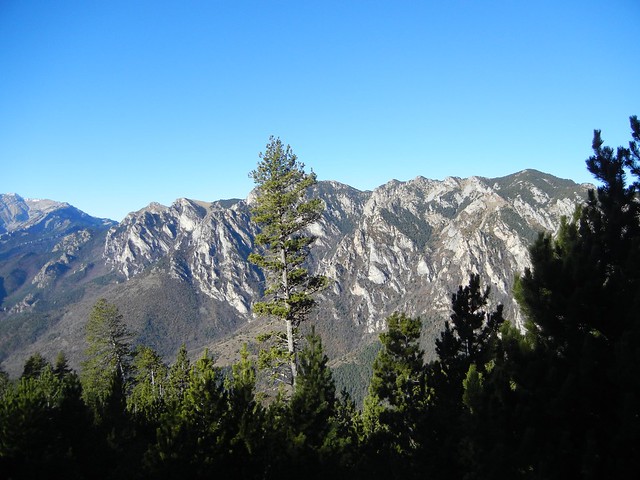
Red-billed choughs played around the cliffs above us, and as the skies grew warmer, Eurasian griffons, huge, bulky, tawny vultures, appeared in numbers. And then, from behind, there approached the bird of the day: a lammergeier, so close that the “beard” of this bearded vulture was visible. The great wedge-tailed bone-breaker soared nearby for several minutes, then disappeared as we congratulated each other on our amazing good luck. It wasn’t over, though.

A few moments later, the vulture reappeared, this time in the valley below us, just yards away, giving views such as none of us had enjoyed before. It was less a sighting than a visitation, and one that will remain in our memories for a very long time indeed.
After lunch in Bagà, we took time to bird the lower-elevation forests of the Pyrenean foothills and to visit the unprepossessing Romanesque church of Sant Joan de l’Avellanet, first documented in the early tenth century.

We were fortunate enough to find the church open, and stepped inside to see the short, single nave, the narrow slit of a window, and the graceful round apse, so different in style and ambition from the Gothic treasures of Barcelona.
Somehow, the last day of the tour had sneaked up on us, and we returned the next morning to the wetlands of Cal Tet. This time, we kept to the path outside the marshes to walk to the beach, where large numbers of Balearic shearwaters fished offshore and little ringed plovers, tawny pipits, and a handsome Eurasian oystercatcher haunted the sand. A hoopoe, the last of many we encountered in our week together, flew about the abandoned buildings, and cisticolas zitted what was now their familiar homely song overhead.
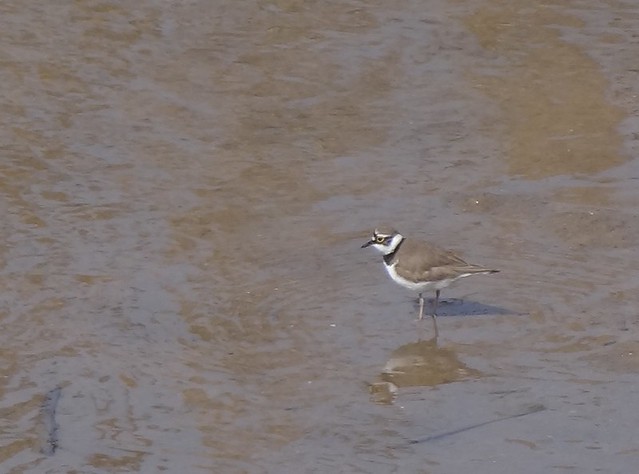
Our visit to Sant Joan had been intended in part to prepare us for the medieval halls of the National Museum of Catalan Art, which holds the most important collection of Romanesque wall and panel painting in the world.

Modest stone churches like Sant Joan were once covered inside with colorful masterpieces, masterpieces now on display in Barcelona, where they are exhibited in galleries built to evoke their original ecclesiastical settings. The lively colors, exaggerated forms, and earnest fantasy of these works are unparalleled in the history of western art—and matched in the natural world only by the beauty of Catalonia’s birds.
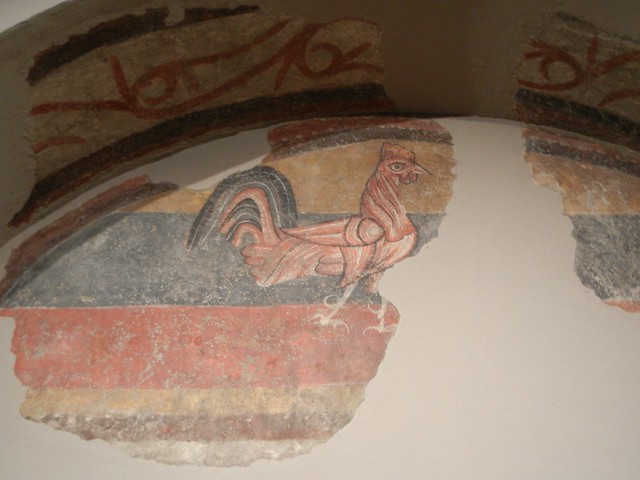
So how to choose? It’s simple. Don’t. Do as we do, and take in all the richness of a landscape full of nature and culture, wildness and history, art and birds.
For a list of Bird and Art tours, visit the website of Victor Emanuel Nature Tours. We’ll be returning to Catalonia April 14-22, 2016.
